Affiliate links on Android Authority may earn us a commission. Learn more.
Google Pixel 2 vs. Google Pixel: What's changed?
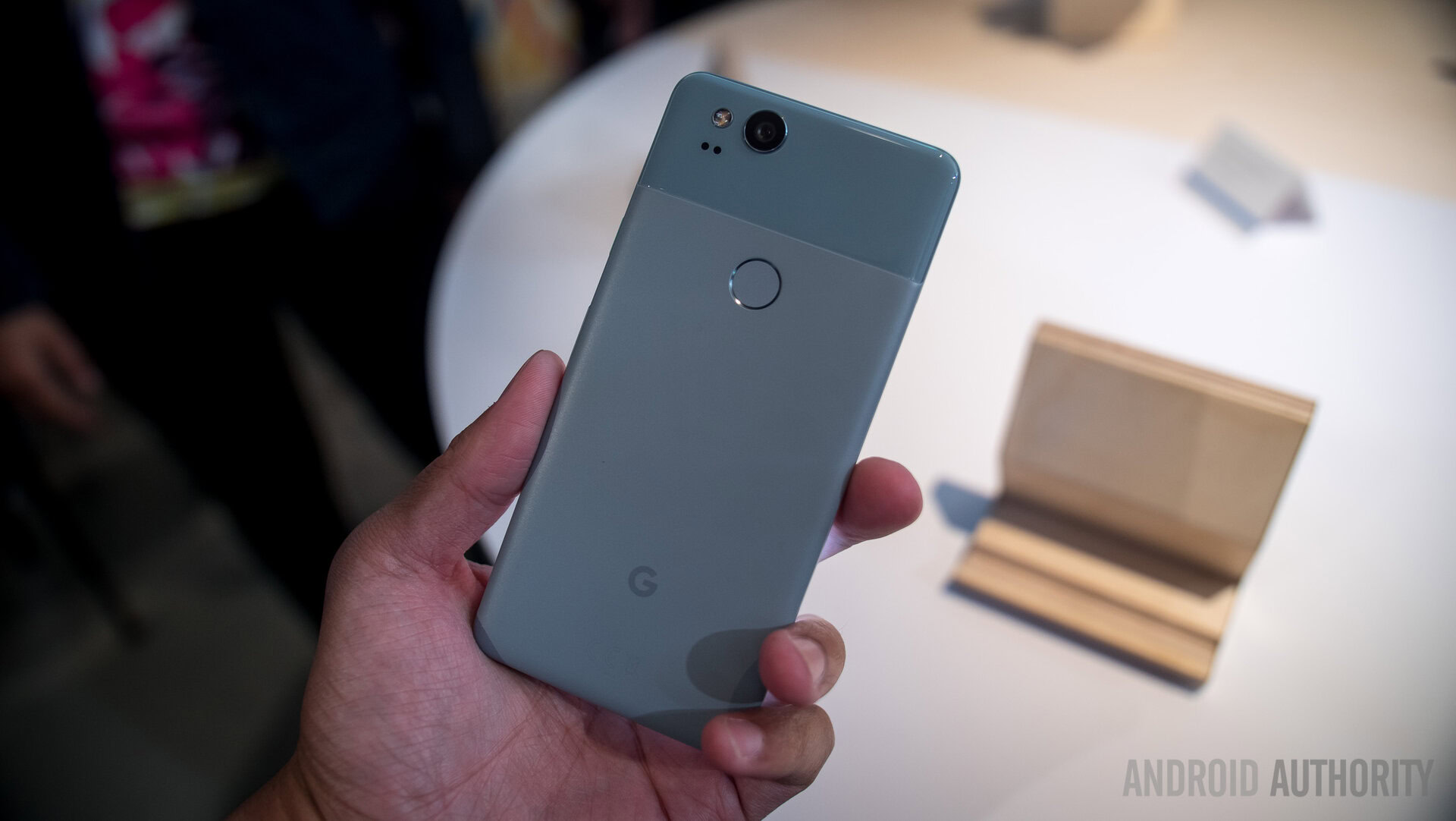
If last year’s Pixel and Pixel XL marked a big shift in Google‘s mobile efforts, then this year’s Pixel 2 and Pixel 2 XL represent Google’s doubling down on that shift. Make no mistake: both phones are ready to take on the likes of Samsung, LG, and Apple for the foreseeable future.
Some would argue, however, that such a notion belongs more to the Pixel 2 XL than the regular Pixel 2. After all, it’s the Pixel 2 XL that features a tall display with small top and bottom bezels, not the Pixel 2. Do not be fooled, however — from the internals to the camera, the Pixel 2 more than keeps up with its larger sibling.
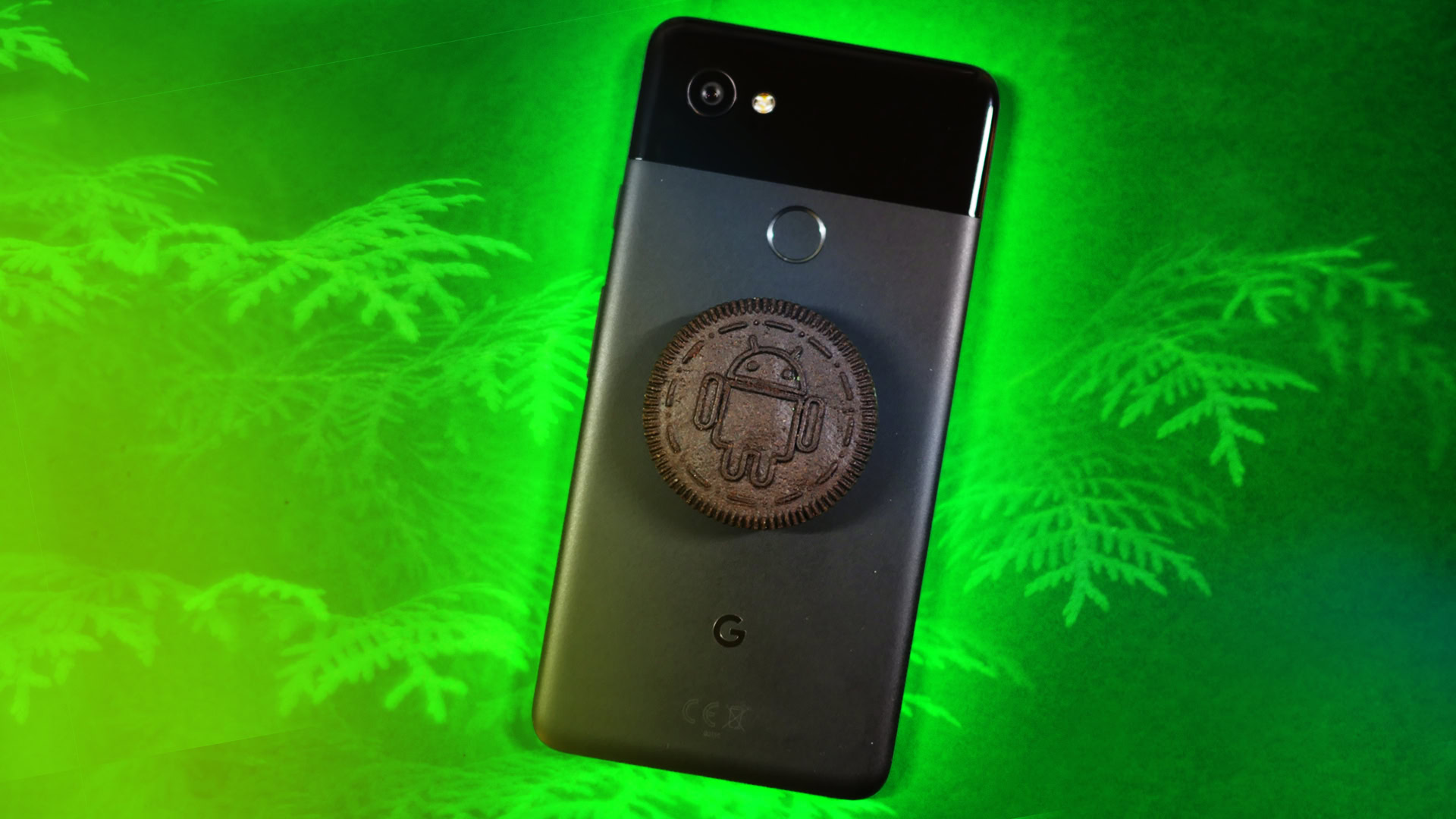
When it comes down to it, folks will not only compare the Pixel 2 to the Pixel 2 XL, but to the original Pixel as well. After all, Pixel owners are likely on the fence as to whether it is worth plunking down at least $649 for the new hotness (or trading-in for it). As such, let’s take a look at what the Pixel 2 has to offer versus the original Pixel.
Starting with the display, barely anything has changed from the original Pixel to the Pixel 2, at least on paper. In other words, we still have a 5-inch, 1,920 x 1,080 AMOLED display for both phones. Even the Pixel’s 16:9 aspect ratio gets carried over to the Pixel 2, with the main display difference between the two phones lying in the protection — the Pixel sticks to Gorilla Glass 4, while the Pixel 2 steps up to Gorilla Glass 5.
| Google Pixel 2 | Google Pixel | |
|---|---|---|
Display | Google Pixel 2 5.0-inch Full HD OLED 1,920 x 1,080 resolution 441 ppi Corning Gorilla Glass 5 16:9 aspect ratio | Google Pixel 5.0-inch Full HD AMOLED 1,920 x 1,080 resolution 441 ppi Corning Gorilla Glass 4 16:9 aspect ratio |
SoC | Google Pixel 2 Qualcomm Snapdragon 835 2.35 GHz + 1.9 GHz, 64-bit | Google Pixel Qualcomm Snapdragon 821 2.15 GHz + 1.6 GHz, 64-bit |
GPU | Google Pixel 2 Adreno 540 | Google Pixel Adreno 530 |
RAM | Google Pixel 2 4 GB | Google Pixel 4 GB |
Storage | Google Pixel 2 64/128 GB | Google Pixel 32/128 GB |
MicroSD | Google Pixel 2 No | Google Pixel No |
The differences begin with the processor, where the Pixel 2 opts for the newer, more efficient Snapdragon 835. That doesn’t mean the Pixel’s Snapdragon 821 is any slouch — it was used in a majority of 2016’s flagships — but the Snapdragon 835 offers that extra bit of future-proofing while making better use of the battery (more on that in a bit). Both phones rock 4 GB of RAM, so at least the amount of memory doesn’t change across phones.
The Pixel 2 also features slightly healthier storage options, with the base configuration now featuring 64 GB of space versus the Pixel’s 32 GB. You can get either phone with 128 GB, but you will need to fork over more money for the privilege. Finally, neither phone sports a microSD card slot, but that is something that Nexus and Pixel owners are used to at this point.
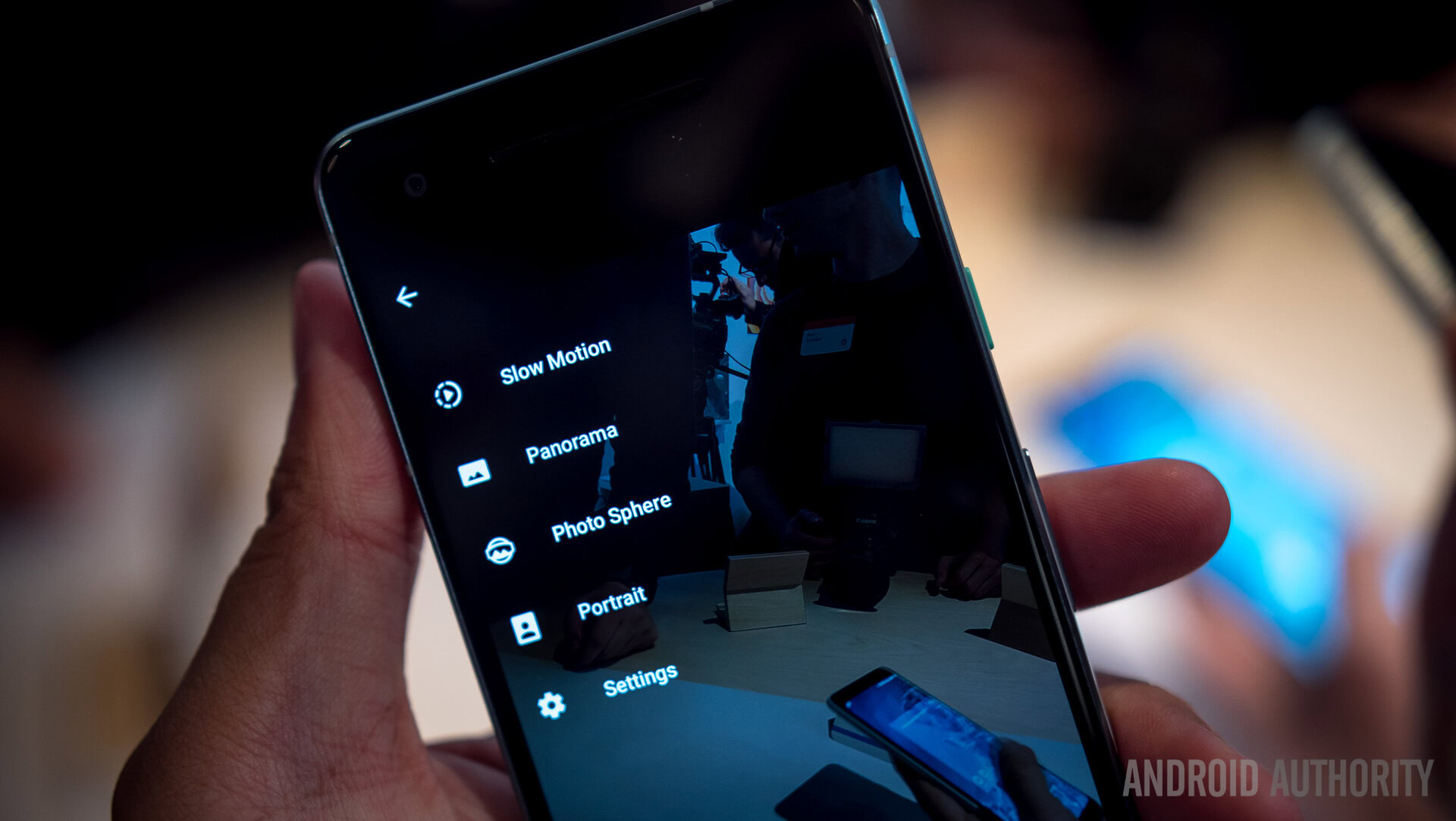
The Pixel’s 12.3 MP camera remains one of the best smartphone cameras around, and if the Pixel 2’s upgraded 12.2 MP camera is any indication, things will only get better. Google opted for a single camera on the Pixel 2, and while that might upset dual-camera enthusiasts, the technology taking place behind the scenes, along with the f/1.8 aperture and larger pixels, should make the Pixel 2’s camera a winner (and, at least by one standard, it already is).
We want to stress that it’s very early to tell — we only had a brief time with the Pixel 2 — but our experiences with the Pixel have us excited about what the Pixel 2 can achieve with its photos and videos.
| Google Pixel 2 | Google Pixel | |
|---|---|---|
Cameras | Google Pixel 2 Rear camera: 12.2 MP sensor, 1.4 μm pixel size, and f/1.8 aperture, laser + dual pixel phase detection autofocus, OIS, EIS Front camera: 8 MP sensor, 1.4 μm pixel size, and f/2,4 aperture, fixed focus | Google Pixel Rear camera: 12.3 MP sensor, 1.55 μm pixel size, and f/2.0 aperture, laser + phase detection autofocus Front camera: 8 MP sensor, 1.4 μm pixel size, and f/2.4 aperture |
Battery | Google Pixel 2 2,700 mAh | Google Pixel 2,770 mAh |
NFC | Google Pixel 2 Yes | Google Pixel Yes |
Fingerprint | Google Pixel 2 Yes | Google Pixel Yes |
Fast Charge | Google Pixel 2 Yes | Google Pixel Yes |
IP Rating | Google Pixel 2 IP67 | Google Pixel No |
3.5 mm audio | Google Pixel 2 No | Google Pixel Yes |
Extras | Google Pixel 2 eSIM, USB Type-C, updates directly from Google, portrait images, Bluetooth 5, dual front-facing speakers, Google Lens, Active Edge | Google Pixel USB Type-C, updates directly from Google |
As for battery size, we go from a 2,770 mAh power pack in the Pixel to a slightly smaller 2,700 mAh battery in the Pixel 2. Google remains confident that the Pixel 2 will get all-day battery on a single charge, but I can’t help but frown a bit when the battery size goes down from older to newer phone. The Pixel 2’s more efficient processor should counter-balance things, but this is another area that requires further testing, so stay tuned for our Pixel 2 review in the near future.
Google also stresses that the Pixel 2’s fingerprint sensor is the fastest on any smartphone. The main qualm we had with the Pixel’s fingerprint sensor was the noticeable delay between when your finger rests on the sensor and when your phone unlocks, so this increased speed will be well appreciated.
Also appreciated is the Pixel 2’s IP67 certification, which means the phone will not go haywire if it rains. This compares to the Pixel and its lack of such a rating, so if you’re someone who is constantly near fresh water, the choice is a bit clearer.
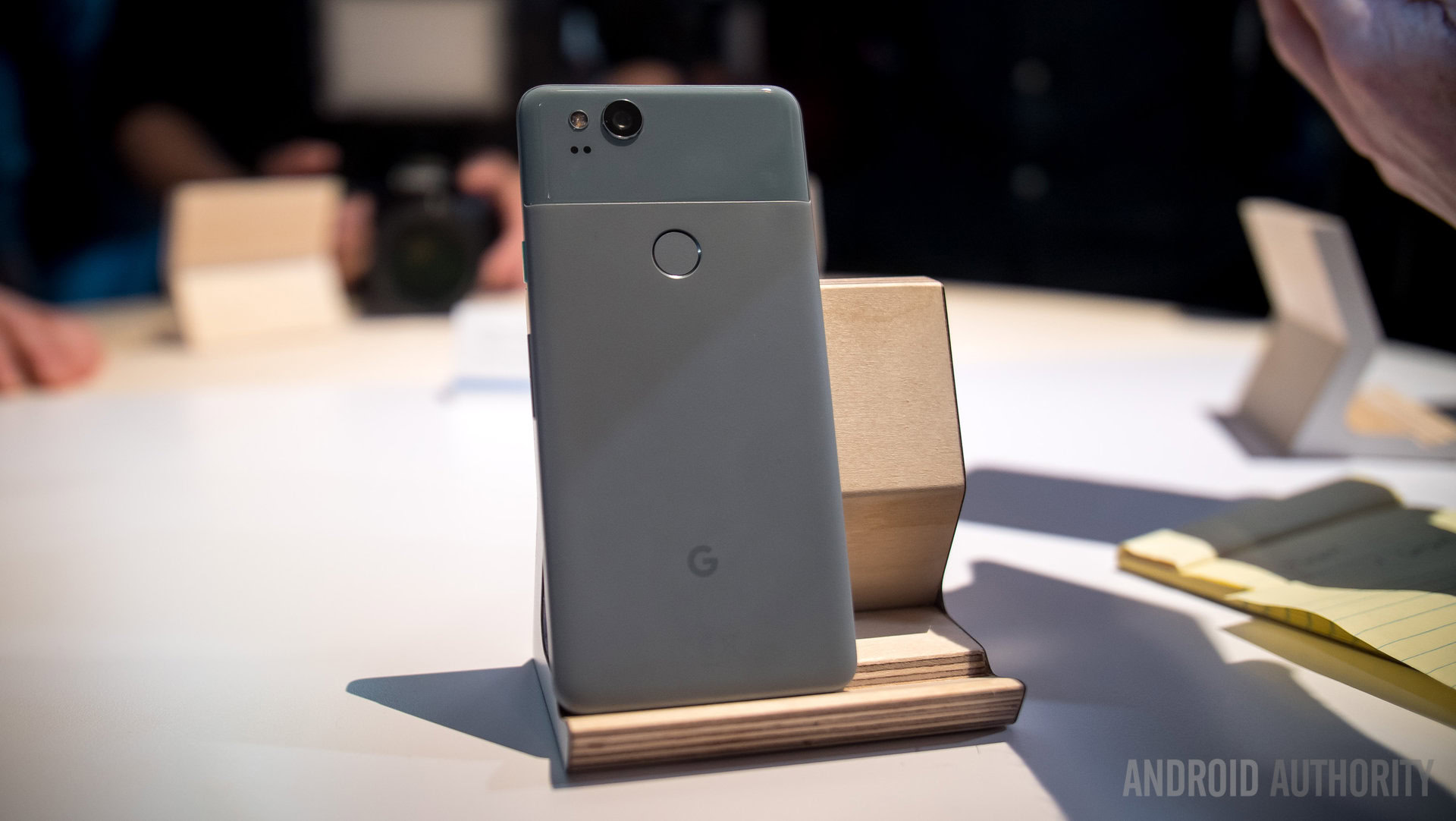
However, and this is a big however for some folks, the Pixel 2 does without a headphone jack. Google is far from the only smartphone maker to have adopted this trend — Apple, HTC, and others are just as guilty — but that doesn’t mean the decision is any less polarizing. Making matters worse is the lack of a proper ecosystem for USB Type-C headphones, so folks who crave the headphone jack will need to make do with the included adapter.
Some people will not be phased by this — they will get by just fine with Bluetooth headphones, and for them, the Pixel 2’s Bluetooth 5 support will come in very handy as more headphones support the protocol. Others, however, might base their decisions entirely around the headphone jack, and for those folks, the Pixel 2 will be a bitter pill to swallow, particularly since the Pixel is notorious for its spotty Bluetooth connectivity.
Wrapping up the odds and ends, the Pixel 2 will get a guaranteed three years of major Android updates, a first for any Nexus or Pixel phone. With the Pixel guaranteed for one more major Android update, the Pixel 2 looks to provide more peace of mind for those who prioritize Android updates above almost everything else.
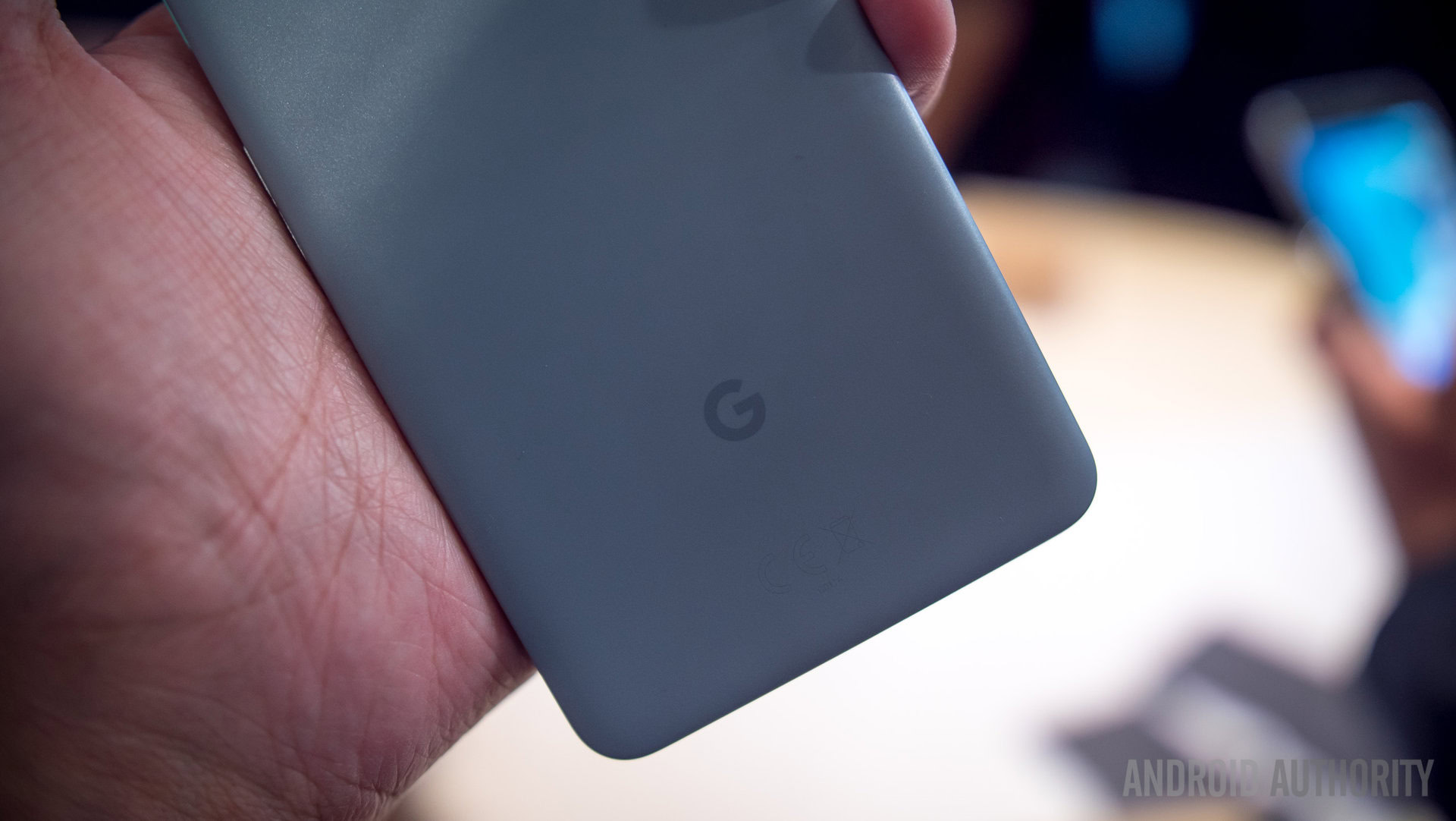
The Pixel 2 is also the first phone to support Google Lens, the search giant’s newest system for recognizing objects in photos. The Pixel 2 features a retouched Pixel Launcher that puts the search bar at the bottom and recognizes music from the lock screen without the need to prompt Google Assistant.
Finally, the Pixel 2 packs dual front-facing speakers, a significant step-up from the single downward-firing speaker on the Pixel.
Overall, the Pixel 2 was already a confusing smartphone on its own and is more confusing when comparing it to the Pixel. On one hand, the Pixel 2 features updated internals, an improved camera, guaranteed updates for a longer period of time, and water resistance. On the other, the Pixel 2 sports an outdated design, no headphone jack, and a slightly smaller battery.
Whether the Pixel 2 is worth the upgrade from the Pixel will entirely depend on where you set your priorities. Either way, both phones are solid options from a company trying to make its presence felt in the hardware market.